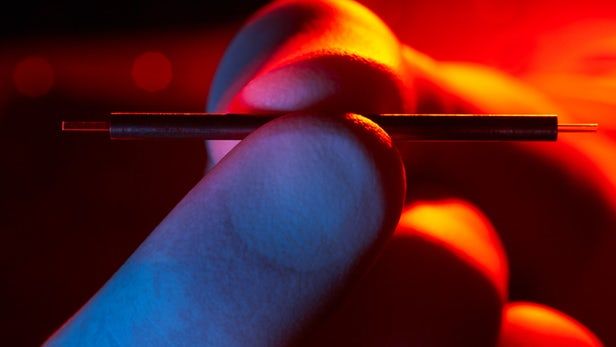Get the latest international news and world events from around the world.

Malware Defense: Protecting Against Polymorphic Malware
So everything we just said about metamorphic and polymorphic malware also applies to metamorphic and polymorphic ransomware.
Metamorphic and Polymorphic Malware Families
With consistent functionalities regardless of code, malware is often grouped into families so security teams can look for similar functions and code segments in efforts to protect their organizations. Some of the most well-known malware families include:


Terahertz radiation to enable portable particle accelerators
Researchers at MIT in the US and DESY (Deutsches Elektronen-Synchrotron) in Germany have developed a technology that could shrink particle accelerators by a factor of 100 or more. The basic building block of the accelerator uses high-frequency electromagnetic waves and is just 1.5 cm (0.6 in) long and 1 mm (0.04 in) thick, with this drastic size reduction potentially benefitting the fields of medicine, materials science and particle physics, among others.

The Making of Watchmen’s Dr. Manhattan
Hollywood once said that a film based on the graphic novel Watchmen could never be made—in large part because the technology to create Dr. Manhattan, the blue, glowing, matter-manipulating superhero, simply didn’t exist. The hotly anticipated film, directed by Zach Snyder, hit theaters yesterday, glowing blue man and all. Here’s how filmmakers used Frankenstein and DIY sensibilities to create a photo-real, all CG superhero.


Scientists Seek To Discover Why Some Minds Resist The Damage That Comes With Old Age
It’s called cognitive reserve, and it’s the phenomenon of the mind’s resistance to damage of the brain. It’s also the subject of not only an upcoming new data and biomedical sample resource, but also a related request for information (RFI) from the NIA and a first-of-its-kind workshop in September.
The push to study cognitive reserve in more depth across the scientific disciplines was born out of recommendations from the Cognitive Aging Summit III. Some 300 researchers attended the summit in Bethesda, Maryland in 2017. Coordinated by the NIA of the National Institutes of Health (NIH) and supported by the McKnight Brain Research Foundation, the summit centered on age-related brain and cognitive changes, with a particular focus on issues related to cognitive resilience and reserve. According to the NIA, investigators from around the world delivered presentations and engaged in discussion “about some of the most important scientific questions relating to the biological, physiological, social and behavioral aspects of reserve and resilience in aging individuals. Attendees also discussed strategies to preserve and bolster cognitive function during aging.”
